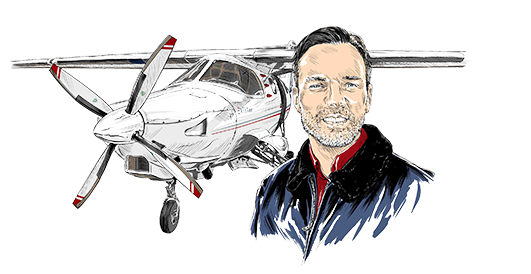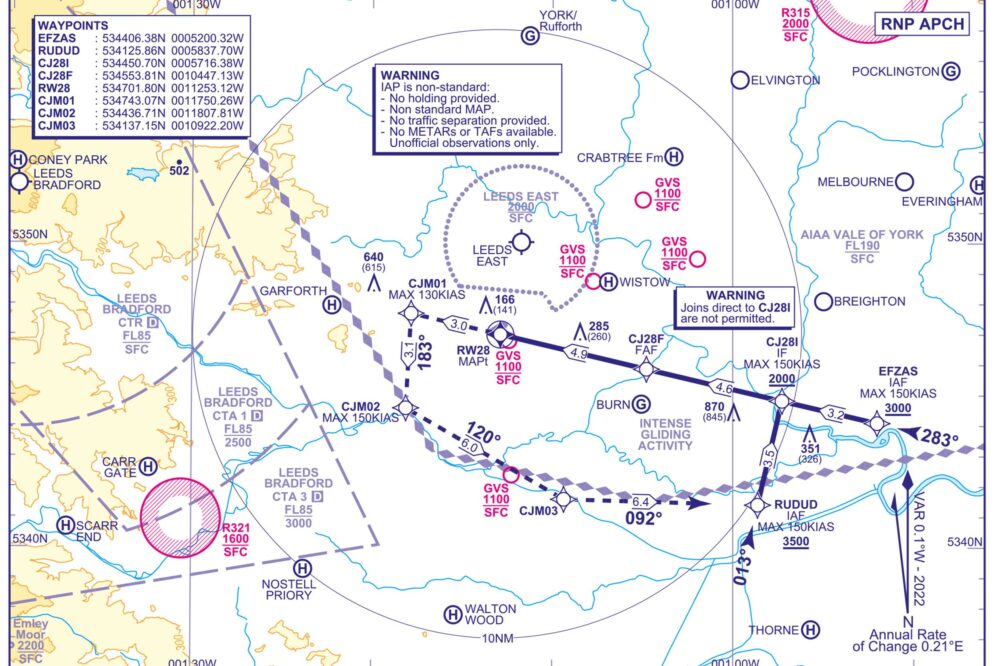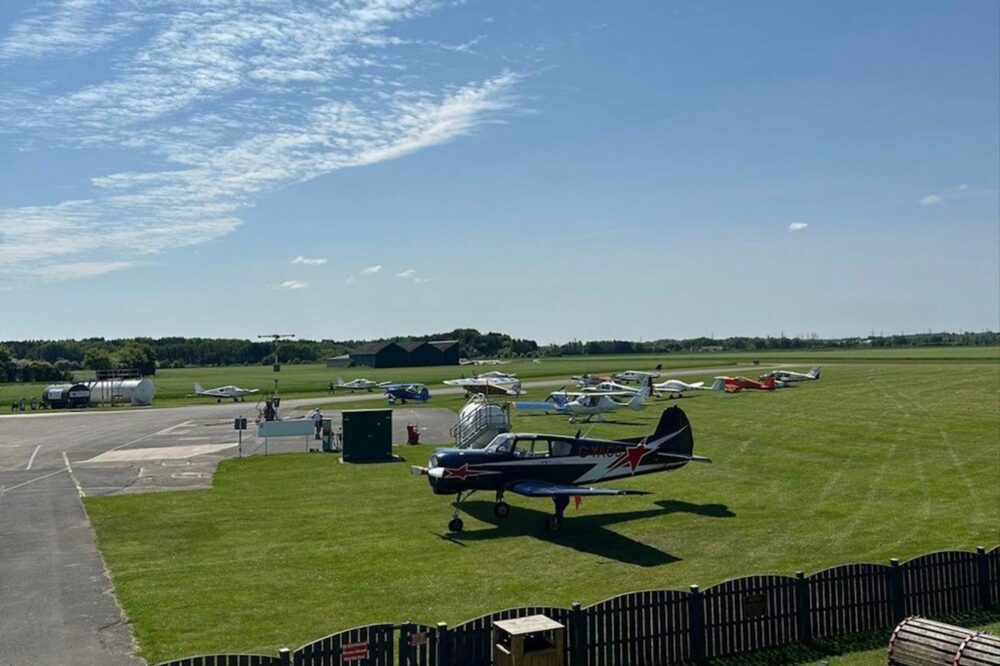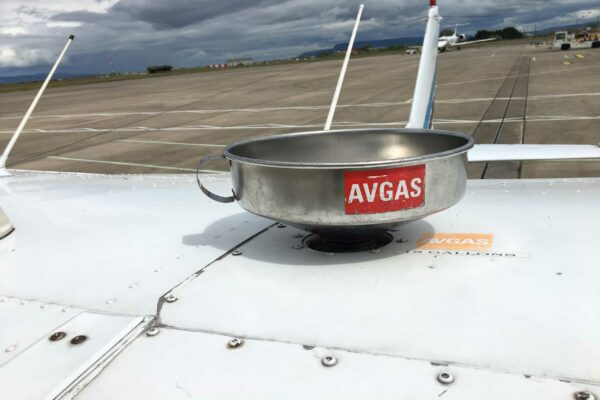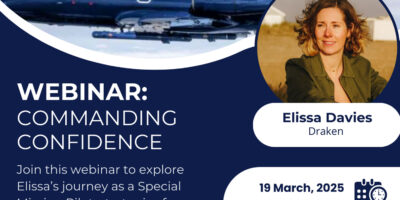Flying the approach
The IAPs come with some restrictions that may be unfamiliar to those with experience flying IFR in states such as the USA, France or Germany. A key difference is that the UK does not provide regionalised approach control, hence the use of Prior Permission Required (PPR) to avoid multiple aircraft arriving at the same time. In the case of Sherburn, the trajectory of the procedures also overlaps with Leeds East, due to the orientation of the runways.
Pilot briefing documents are published for each aerodrome, covering the different stages of booking PPR and then flying the approach. For Sherburn, the procedure is only intended for use when the weather requires it. IFR arrivals in VMC should follow normal visual joining procedures. Training under VFR is permitted with prior agreement and a safety pilot or instructor onboard.
While there is no approach control service, Leeds Bradford or Humberside airports will provide arriving aircraft with UK Flight Information Services outside controlled airspace, subject to capacity. When approaching Sherburn from the west, it may be possible to obtain a clearance through the Leeds Bradford CTA. The airspace over the Vale of York can be quite busy and there is extensive glider activity, so IFR inbounds must keep a good lookout when in VMC.
Once on frequency with Sherburn or Leeds East, aircraft must announce their position at various points on the procedure, but otherwise the normal rules for ACGS aerodromes apply – i.e. the pilot in command is responsible for managing interactions with other aircraft.
Feedback from Sherburn suggests that the descent profile from some directions needs anticipation and a prompt descent. The legs between the approach fixes are short, so consider configuring earlier than normal. The final approach angle is 3.5°. When conducting training in VMC, be aware that it is possible for the visual circuit to be on a different runway. The Sherburn IAPs are to RW10/28, but there are also the grass runways 06/24 and 01/19. Approach traffic must integrate with the visual circuit as required.
For more information read the pilot briefing documents, available on the respective aerodrome websites for Sherburn and Leeds East.
Now that winter is approaching, the ability to fly an IAP is becoming more significant. GA aerodromes are traditionally quiet places when the weather is bad, but for potential visitors to Sherburn or Leeds, the £100 hamburger will now be on the menu most days of the year.


